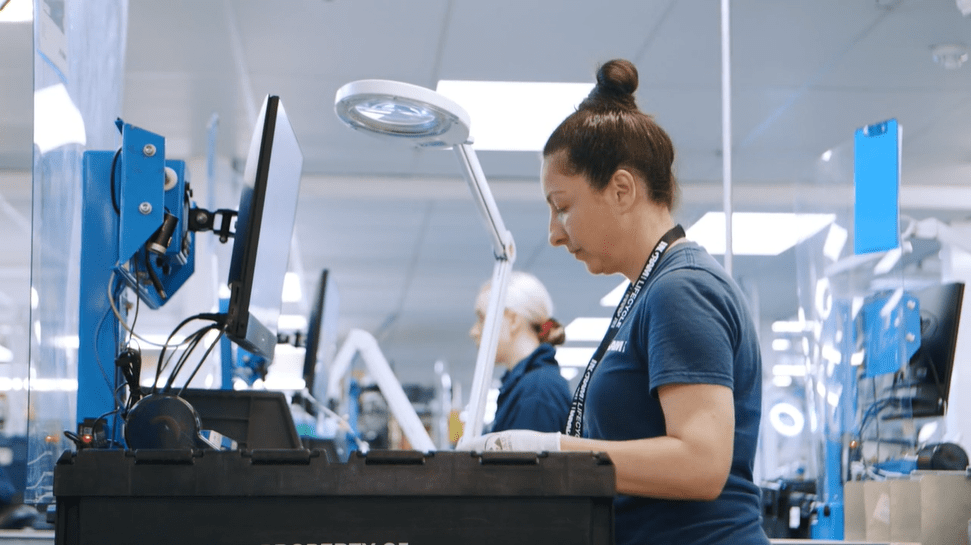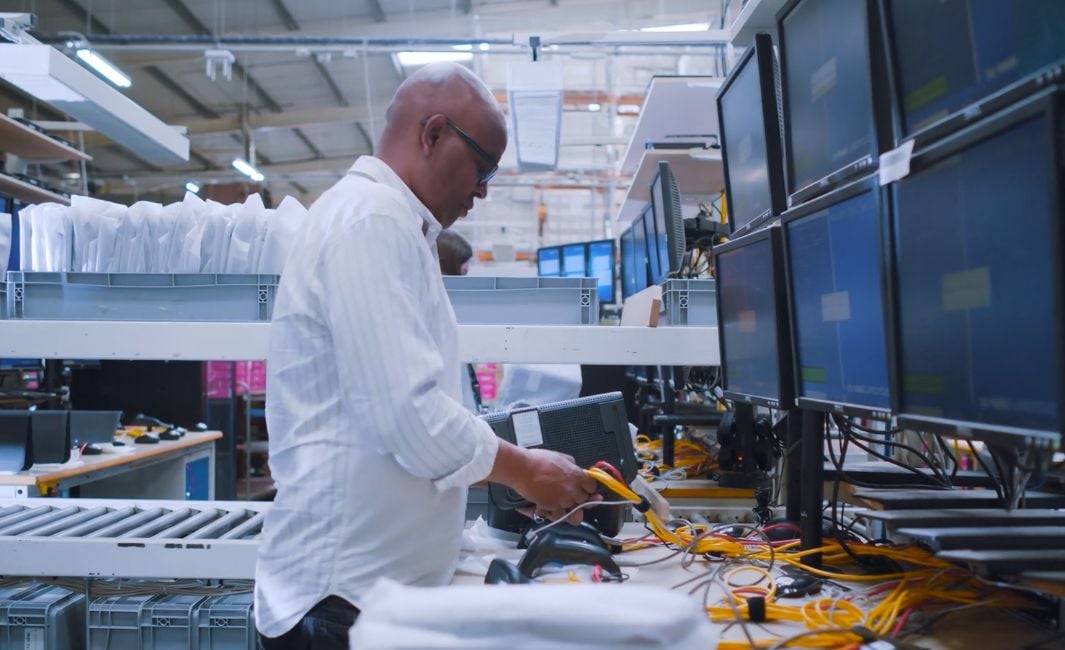Are you ready to supply refurbished electronics to your customers but want to be more aware of the risks? Falling foul of these pitfalls could result in failing to meet customer expectations and damage to your reputation.
Stories of forged goods or problematic products are not hard to find. With the increased use of social media and a growing digital footprint, it’s easier than ever to share stories of misfortune with others. More social platforms = more places to share bad experiences. A rolling tide of outcry against a brand can be just one tweet away.
If you get a complaint in public view, do you acknowledge and answer the problem, or ignore it? Either option could fan the flames if not handled appropriately.
Do you have a dedicated customer service team handling complaints?
Wouldn’t it be easier if the problem didn’t occur in the first place? What if you could better mitigate the risks of supplying poor quality?
Ingram Micro Lifecycle has over 30 years of experience delivering after-sales device support to all the major manufacturers, network operators, and technology resellers across the globe.
Repairing and refurbishing electronics is in our blood - it’s what we do.
On our journey towards enabling a circular economy, we’ve come to know these devices inside and out. Our OEM (Original Equipment Manufacturer) accreditations enable insight into the intricacies of products and understanding the high standards manufacturers demand.
As consumer demand for refurbished devices increases, discover the key pitfalls to avoid that can lead to the likes of…
- low-quality goods
- faulty devices
- shipping delays
- and false promises!
5 risks of sourcing refurbished devices
When buying refurbished stock, the more links in the purchasing chain away from the OEM, the more likely it will be that the product has deviated from the original design.
As these links add more layers, there are more opportunities for the product to receive lower-quality parts.
1. Baited by quality
You may experience a high-quality trial order but as time goes on, the quality of supplied electronics diminishes. A typical bait and switch. The shiny, exceptional service was on offer to draw you into the deal. Then when they’ve got the security of your business, they can drop the standards, cut corners, and keep more of the value themselves.
Always conduct random quality assessment checks to ensure the standard starts high and continues. Track your customer returns or complaints for patterns that may highlight issues with the supply.
Understand the repair processes that your supplier has to gauge their level of commitment to high standards.
Look for suppliers that have OEM accreditations. They have access to genuine, high-quality parts for the repair and refurbishment of devices.
2. Low quantities
Some suppliers may provide quotes but then struggle to fulfill POs. This damages your upscaling opportunities.
Avoid false stock promises by ensuring that your supplier has relationships in place to receive stock. This includes contracts for trade-in stock, as well as other sourcing channels.
Check where their stock is sourced from. This provides some reassurance that they will have an ongoing supply of goods.
3. Poor data compliance
Anyone dealing with used devices must legally ensure that they have been compliantly wiped of any residual data. This means utilizing specialized software to ensure nothing remains accessible.
The financial repercussions of receiving a fine for breaching the General Data Protection Regulation (GDPR) could be immeasurable.
Not only would you have to pay either 4% of your annual turnover or €20 million (whichever is highest) but there could be immense damage to your brand reputation and integrity.
You risk losing customers and investors, all adding to the financial strain.
Always check what processes your supplier follows or the software they use, such as Blackbelt and Blancco, to guarantee secure wiping.
4. Unsustainable pricing
You can get lured in with low prices to keep quotes competitive, but upon ordering, prices could increase. This risks the profitability of the deal for you as the profit margin shrinks.
A frustrating situation that questions the integrity of the supplier. How many more times could they change the pricing throughout your relationship? What other misinformation could they have given you?
The further your purchase is down the chain from the OEM, the more layers of margins are added to the price. You won’t have visibility of this so it means you could pay over the odds.
Shop around and find a supplier that deals directly with OEMs to avoid paying extra margins.
5. Counterfeit parts
Buying from less reputable suppliers could potentially mean lower-quality parts and repairs completed on the refurbished devices. For example, batteries could provide poor performance, not lasting very long, or there could be screen burn which impacts use of the device. This can lead to increased returns from your customers as devices won’t meet their expectations.
Customer satisfaction with your brand drops as their frustration increases. They could decide to shop elsewhere in future. Your market share drops in favor of a competitor.
Screening processes will discover counterfeit parts – these are not OEM-approved components so are often lower quality.
Your chosen partner for refurbished devices should identify counterfeit parts. They should be OEM accredited to access and use only genuine parts for repairs.
How to avoid these pitfalls
Always do your research before committing to a particular supplier. Check what their processes are, the software they use, and the OEM accreditations they hold.
Ask where their supply is coming from to avoid inflated costs and limited stock. This will mitigate the risk of falling foul of the pitfalls listed above.
Ingram Micro Lifecycle is well-positioned to ensure a high-quality, sustainable supply of refurbished products. We…
- Have a global footprint which is ideal to support upscaling operations.
- Run online auctions every 2 weeks which keeps pricing current and aligned with the market.
- Hold OEM accreditations for access to the correct manuals, training documents, and parts.
- Operate our dealer portal which provides access to a live stock view.
- Conduct high-standard professional polishing as part of our repair and refurbishment process to improve quality and uplift device grades.
- Have contracts and programs in place for trade-in stock with the majority of consumer-facing brands.
Continue learning
- 7 Reasons Why Consumers are Switching from New to Refurbished Devices
- Switching Supply from New to Refurbished Devices? A 5-Step Guide
- 14 Reasons Consumers are Returning Their Mobile Phones
Get in touch with our team to discuss how we can supply high-quality refurbished devices.











